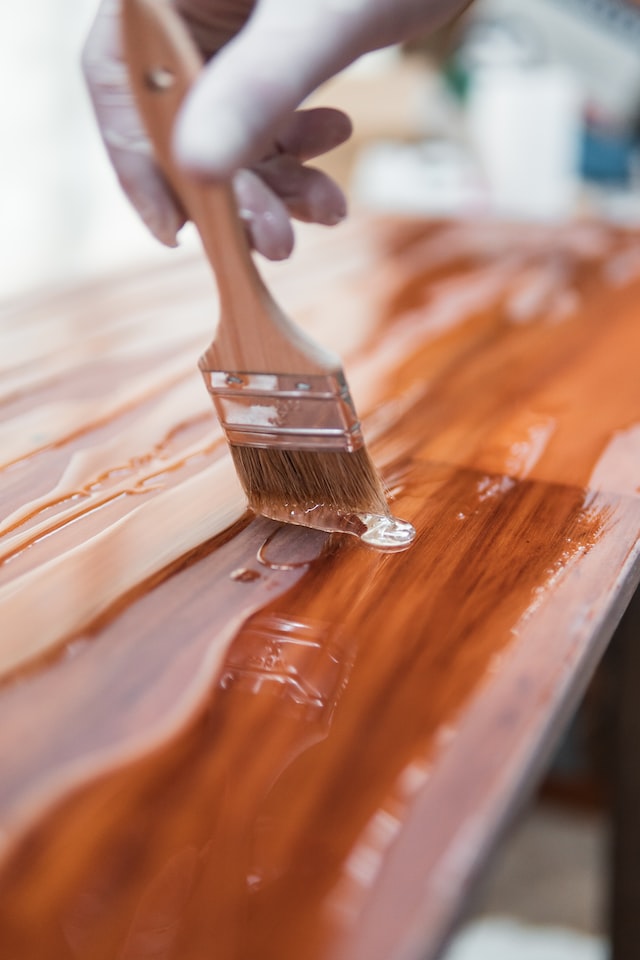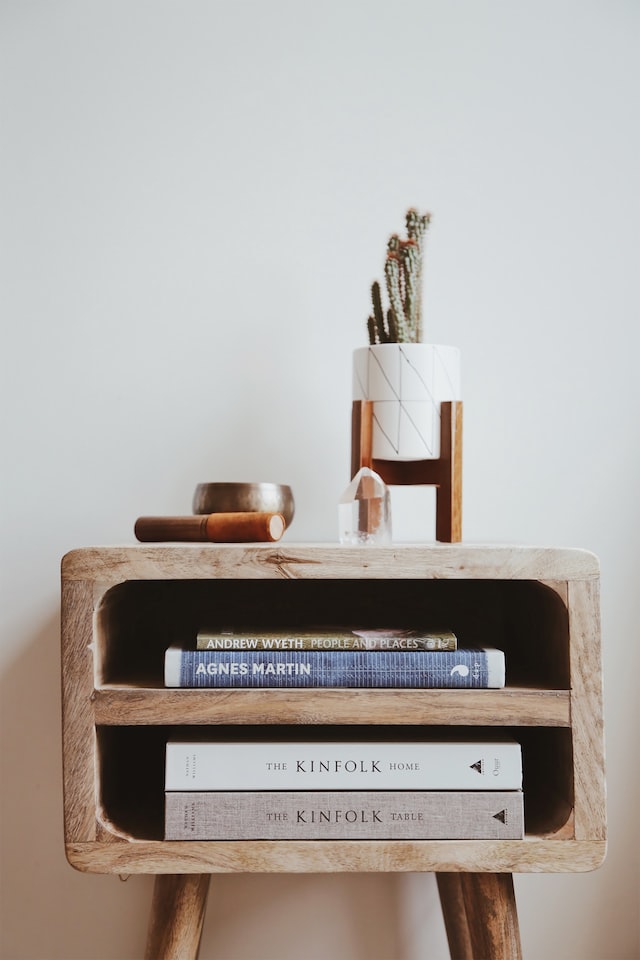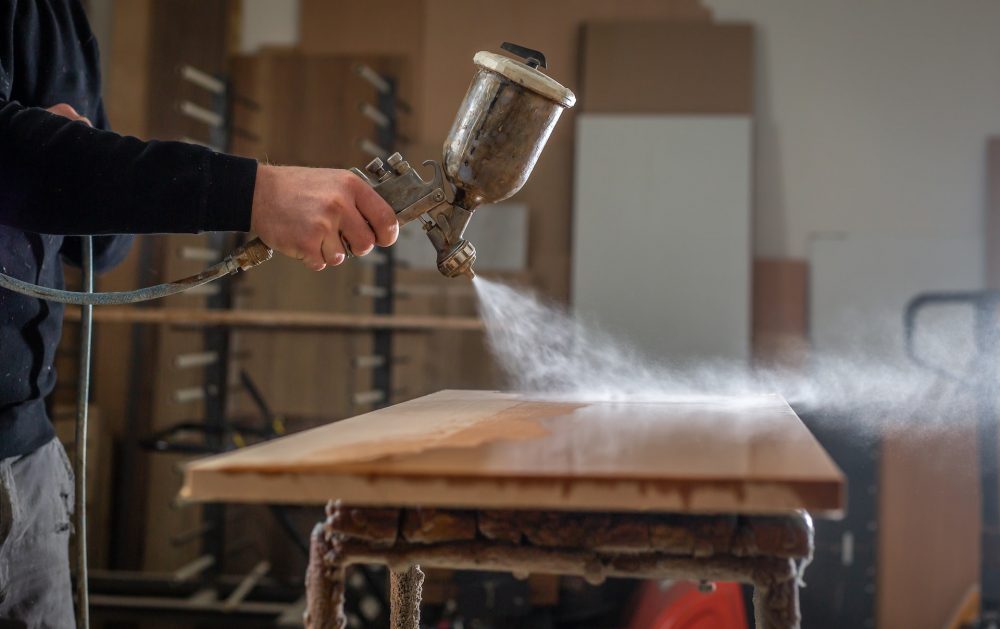If you are wondering how to paint wood furniture without sanding, there are several things you can do to avoid sanding. The first step is to make sure that you have everything you need. This includes a bonding primer and a protective finish.
Preparing for painting
If you’re looking for a cheap way to improve the look of your furniture, try painting it. However, you’ll need to take some steps before you can paint it.
First, you’ll need to decide whether to sand the wood first. Some woods need to be smoothed to get the best results. In other cases, you can skip the sanding. You’ll want to consider the purpose of your piece of furniture and choose a color that will go well with it.
Next, you’ll need to choose a good primer. This will help the paint to bond with the wood. It’s also important to check if the paint is latex or oil based.
Once the primer is dry, it’s time to paint. Depending on your project, you may choose to use a brush, cloth or even a roller.
Before you start painting, be sure to wear a mask. Not only will this protect your skin from the chemicals in the paint, it’s also important to protect your lungs from the fumes.

Using a bonding primer
When you are trying to paint laminate furniture, you will need to use a bonding primer. This will ensure that your paint will adhere to the surface. A bonding primer also helps prep glass and metal for painting.
The first step to using a bonding primer on your furniture is to clean it. Use a tack cloth to remove dust. Also, sand the wood with 220-grit sandpaper. If you do not sand the furniture, the new paint will not stick.
Once the sanded surface has been cleaned, you can apply a good quality bonding primer. These types of primers can bond to most shiny surfaces. There are many different types.
A shellac based primer is a good choice for light colored paint on wood. These primers have a fast drying time and are great for interior surfaces. They also block stains well.
Another type of primer is an adhesion primer. Adhesion primers are used to prepare smooth, glossy surfaces like plastic, glass, and metal for paint. Using an adhesion primer is a bit more complicated.
Applying Protective Finish
If you want to give your furniture a professional look, you can apply a protective finish. This will make it durable and easy to clean. A clear coat is the best option, although some people choose to seal their furniture with polyurethane. These finishes protect the wood from dirt and moisture. The best choice will depend on the kind of wood you are working with.
Protective finishes come in a variety of colors, sheens, and formulas. It’s a good idea to test out different methods for your particular piece. You can apply a protective finish to your wood furniture using a brush, foam roller, or spray. Regardless of the method, make sure you test the finish with a light sanding before applying it.
For most types of wood, lacquer is an excellent choice. Its quick drying time makes it easy to apply, and it will easily polish to a high gloss. Lacquer can also be used to repair scratches in the wood.

Spray painting
Spray painting wood furniture is an easy way to give your wooden furniture a new look. It can make your furniture look brand new and keep its cost low. However, you’ll need to follow certain guidelines to get the best results.
First, you’ll need to prepare your wood. If you have a piece with wrinkles or runs, you may need to sand it to remove the marks. Then, you’ll need to choose the best paint for your piece.
For example, an alkyd-based paint will be less likely to crack or create dents. This type of paint will also provide a smooth finish, so you can use it without sanding. Another type of paint is a latex-based primer, which is fast drying and has better adhesion.
Spray painting wood furniture can be done, but it’s important to get the right paint. This is especially true if you’re working with a glossy or varnished finish. Using spray paint that doesn’t adhere properly can lead to bubbles and streaks.
